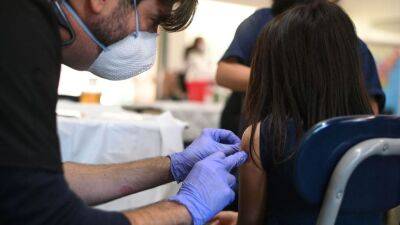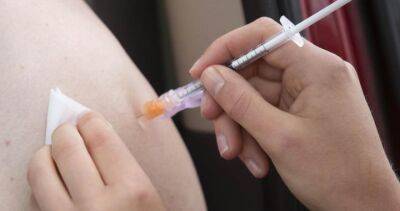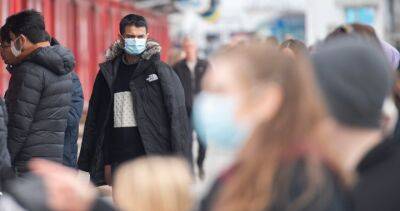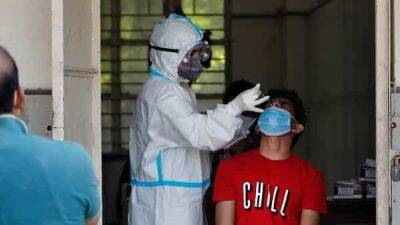Unvaccinated people increase risk of COVID-19 infection among vaccinated: new study
COVID-19 virus, suggests a new study published in the Canadian Medical Association Journal.“We’ve really tended to forget that we’re in a pandemic of a communicable disease, which means that our actions affect those around us,” Dr.
David Fisman, the study’s coauthor and professor of epidemiology at the University of Toronto’s Dalla Lana School of Public Health, told Global News.
Assessing your risk in Canada’s 6th wave will be difficult. Here’s why Published April 25, the study uses an infectious disease model based on the province of Ontario to reproduce the interactions between vaccinated and unvaccinated subpopulations in a mostly vaccinated population.“We use models in a lot of different ways,” said Fisman. “They’re just simplified versions of reality.”This particular model, used different mixing techniques to understand how infection rates differ between those with and without the jab.The models parameters included vaccine effectiveness, a baseline immunity in unvaccinated people and an infection recovery rate, among others.Attack rates among those who are vaccinated against COVID-19 were highest when they were randomly mixed within the unvaccinated subpopulation.
They were lowest when they were surrounded by others who are also vaccinated.“Humans do not mix randomly. (They) exhibit a tendency to interact preferentially with others like themselves, a phenomenon referred to as ‘assortativity,’” the research stated.“People’s friends tend to be similar in age or people may hang out with the same sex.
Read more on globalnews.ca












































